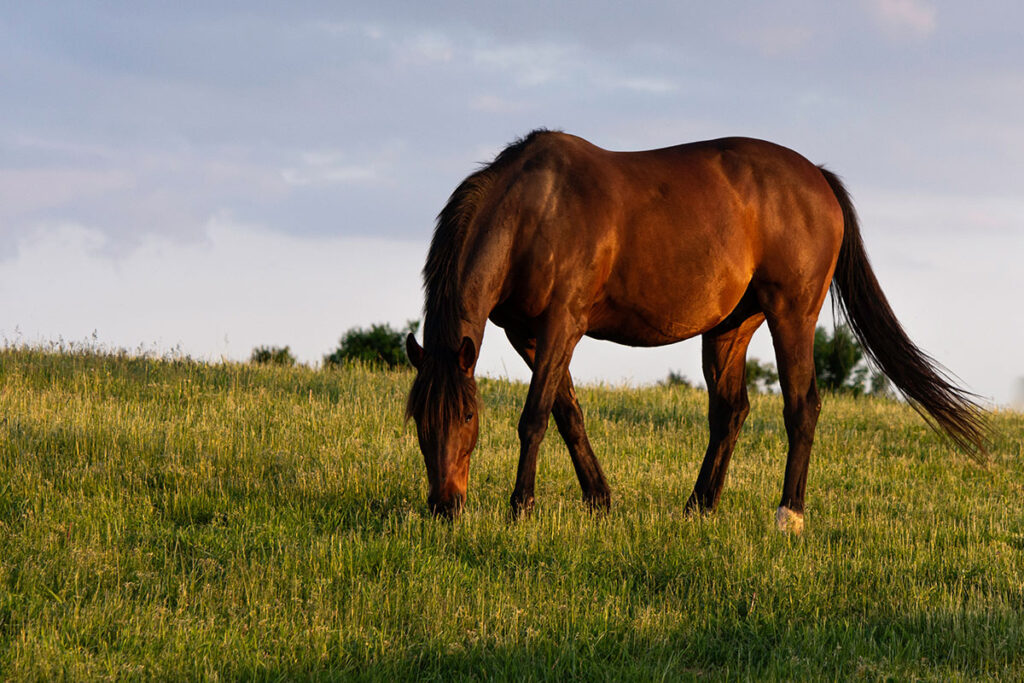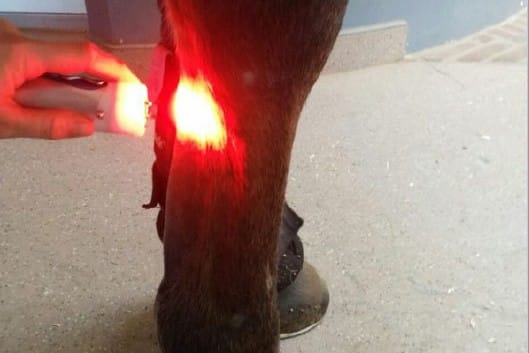
Effects of PPID on Mare Fertility
Researchers believe PPID (formerly called equine Cushing’s disease) might have negative effects on mare fertility but need more research to understand why.
News and issues for equine health professionals

Researchers believe PPID (formerly called equine Cushing’s disease) might have negative effects on mare fertility but need more research to understand why.

Testing asymptomatic horses for EHV-1 at equestrian events is crucial for early detection and preventing potential outbreaks.

Milne lecturer Dr. Lisa Fortier advises veterinarians to evaluate a horse’s overall health before using orthobiologics and to treat injuries early for the best outcomes.

Researchers found that a schizophyllan and hyaluronan supplement might help veterinarians and owners manage EGUS.

Meet Beau and follow the 8-year-old Quarter Horse’s journey from subtle lameness to return to performance.

Researchers are currently working to develop an RNA vaccine for EHV-1 and -4. Here’s what they know so far.

The guidelines provide updated insights on the transmission, diagnosis, and management of 2 viral causes of liver disease in horses.

The new vaccine in development paves the way for more effective immunization against the diarrhea-inducing virus in equine neonates.

Learn more about Class IV laser treatments, the current research, and opportunities for further advancement.

Take a look at recent research on autologous blood-based products and their effects on equine joints and metabolic parameters.

The oral sugar and thyroid-releasing hormone (TRH) stimulation tests are the gold standards for diagnosing ID and PPID (equine Cushing’s disease), respectively.

Learn about new applications for biologic therapies to treat horses’ infertility, wounds, ligament injuries, and eye issues.

Learn what to expect when your horse undergoes advanced imaging exams using MRI, CT, and nuclear scintigraphy.

When will your mare foal? Learn the signs of impending foaling and what prognostic tools can help.

Learn how and why this approach is a cornerstone in the treatment of dorsal spinous process impingement.

Read about the steps veterinarians and farriers take to identify, evaluate, and treat riding horses’ hoof problems.
Stay on top of the most recent Horse Health news with
"*" indicates required fields